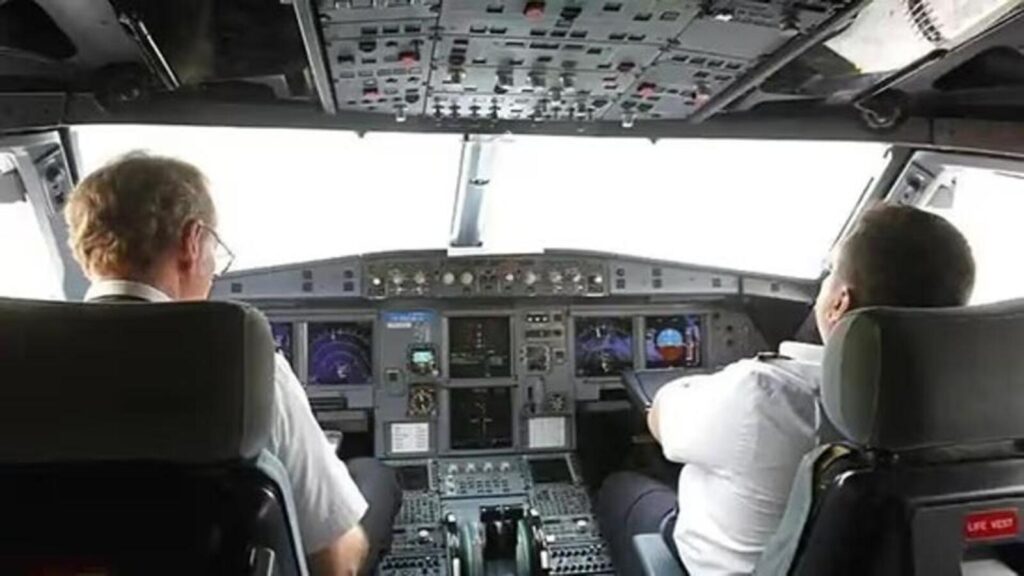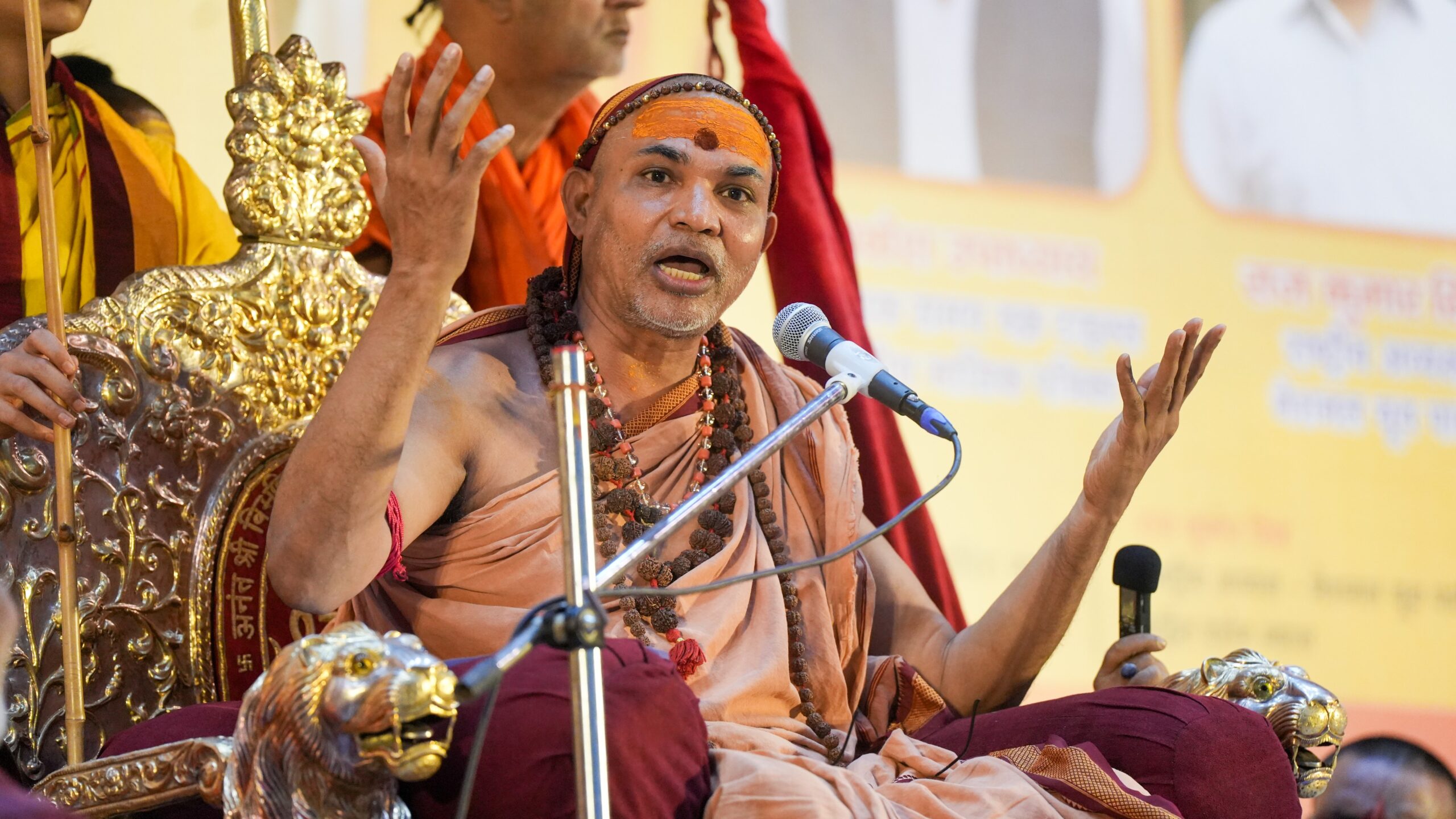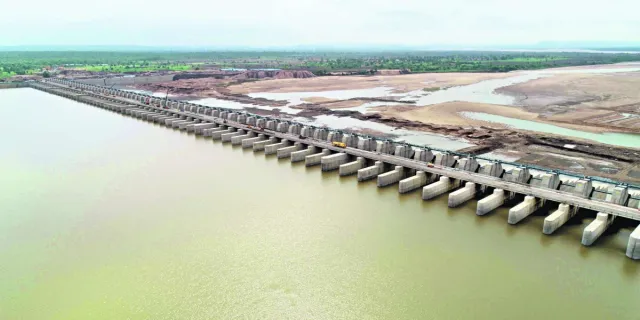Now Reading: Rajasthan CM’s Charter Plane Lands on Wrong Runway in Phalodi, Sparks Security Concerns
-
01
Rajasthan CM’s Charter Plane Lands on Wrong Runway in Phalodi, Sparks Security Concerns
Rajasthan CM’s Charter Plane Lands on Wrong Runway in Phalodi, Sparks Security Concerns

A chartered flight carrying Rajasthan Chief Minister Bhajan Lal Sharma landed on the wrong runway at Phalodi airstrip, raising serious questions about air traffic coordination and VIP security protocols. While no injuries were reported, the incident has brought attention to the functioning of smaller airstrips and their preparedness for high-level visits.
The Incident
The CM’s aircraft, which was scheduled to land on the designated main runway of the Phalodi airstrip, mistakenly touched down on an alternate runway that wasn’t cleared or equipped for such landings. Despite the error, the plane landed safely and no technical issues were reported post-landing.
Officials accompanying the Chief Minister confirmed the mishap but downplayed it, stating it was under review. However, sources on the ground indicated there was visible confusion among local authorities at the time of landing.
Why This Matters
Phalodi is a small town in Rajasthan’s Jodhpur district, and its airstrip is not a full-fledged airport. With limited infrastructure, such facilities often rely heavily on manual coordination for landings and takeoffs. The unexpected use of a non-designated runway in such settings can easily lead to accidents or delays, especially when VIP movement is involved.
This becomes even more critical when considering the security layers typically deployed for a CM’s travel. A lapse in runway identification not only puts lives at risk but also reflects operational gaps in coordination between aviation officials and local administration.
Reactions from Authorities
While the Chief Minister continued with his scheduled engagements, aviation authorities have reportedly launched an internal investigation. The Directorate General of Civil Aviation (DGCA) may also look into the matter, especially to verify if the pilot was given incorrect instructions or if signage at the airstrip was unclear.
Opposition leaders have used the incident to question the state’s preparedness and protocol management, especially in Tier 2 regions like Phalodi that are seeing more political visits and public activity.
Broader Implications for Regional Airstrips
As leaders increasingly use chartered aircraft to reach smaller towns and rural areas, incidents like this highlight the need to upgrade regional airstrips. Proper markings, functioning control rooms, and trained personnel are crucial to avoid such close calls.
It also reflects the growing importance of secondary cities and towns in Indian politics—and the infrastructural gaps that need attention as these areas come into focus.
Conclusion
The Phalodi runway confusion might not have led to tragedy, but it’s a reminder that even a minor lapse in aviation protocol can lead to major consequences, especially during VIP travel. As regional connectivity grows, ensuring basic safety standards across all airstrips isn’t just advisable—it’s essential.

























